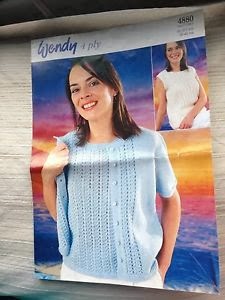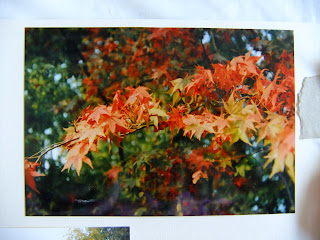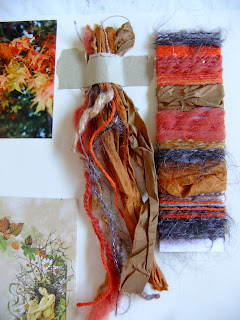How do you view textile art? Do you think about it in the same
way that you would look at a painting or sculpture?
I believe that textile art can be art, design, craft or a
combination of these. I posed this question on a forum and found discussions
that had been running for over 5 years, which, if nothing else, is indicative
of how difficult and subjective these distinctions are!
Craft
Craft for me is perhaps the broadest as I think it can
include works that are simply produced by someone according to a pre-determined
pattern or format or where there is limited unique creative input from the craftsperson.
A sweater knitted to a pattern or a tapestry stitched following a chart would
be craft as it involves skill and making, but as it doesn’t involve
individualistic elements, for me it would not be design.
Design
Design, on the other hand, can incorporate a very broad
spectrum of textile arts. It can include both functional and non-functional
pieces. It could be a project that is intended to be used for incorporation
into another item or for replication for mass-production. The pattern for a
sweater to be knitted by someone else falls within the category design as would
a sketch or sample that was to be commercially reproduced as a printed fabric. The
design for a one-off dress might be reproduced for the high street. Design for
me involves personal input and uniqueness of the design even if it is to be
later reproduced.
Art
Art to me implies a piece that has no intended functionality
other than to give pleasure to the person experiencing it. A textile that is to
be appreciated by being hung in a gallery or exhibition is art – beautiful but
without the constraints of functionality or practicality. Textile art can be
more adventurous and experimental as it does not have to meet the requirements of
a practical textile.
Durability, longevity, comfort, washability and care are
limitations required by design that are not imposed on the artist to the same
extent. To take my weaving samples as an example, the use of non-conventional
materials such as straws, bubble wrap and plastic would have been acceptable in
a woven wallhanging but not a rug, furnishing fabric or garment fabric. For a
woven fabric that was to have a purpose, careful thought would need to be given
to a range of additional aspects – drape, strength, colourfastness, robustness
and care for example.
That is not to say that any one aspect is mutually
exclusive. The sketch or drawing from which a printed fabric is produced could,
for example, be art. A garment produced purely for a fashion show that will
only showcase the skills of the designer, may be considered both art and
design. A painting that is later turned
into a print or printed onto mugs, towels, t-shirts and other items remains art
as it had no such purpose when it was painted. Any subsequent translation of a
painting into a mass produced souvenir doesn’t necessarily alter its essential
characteristics.
Ultimately, I would consider the intention of the artist/maker/designer
to be the defining factor. It is for them to decide how they see themselves.
How far do you feel it has been accepted as media for fine
art by the fine art establishment?
With regard to how textile art is viewed by the fine art
establishment, I feel that it is becoming more appreciated and is receiving
more interest from the fine art world. Textile art is popular as installation
art in buildings, perhaps because its 3-dimensionality has the capacity to fill
a space and create an impact from a distance in a way that wall-hung fine art
can’t.
However, as with antiques and art in general, in pure
financial terms, textile art will only ever be worth what a buyer is prepared
to pay. Consider an original Banksy – (financially) valueless and to some an
ugly abomination that serves only to deface public property, these works now
command high prices as it is fashionable to own one. Recently a number of
Banksy’s (complete with original wall and plaster) have appeared at auction for
sums up to £1m.
I feel that textile art still has some way to go to achieve the
heady heights of some fine art. Perhaps the acid test would be to ask the man
on the street to name a textile artist and a fine artist. I cannot say for
certain, but suspect that most will have little trouble naming a fine artist
but fewer people will be able to name a successful textile artist. However, textile
art is becoming more available and more collectable and this can only be
beneficial to textile artists everywhere.
























































